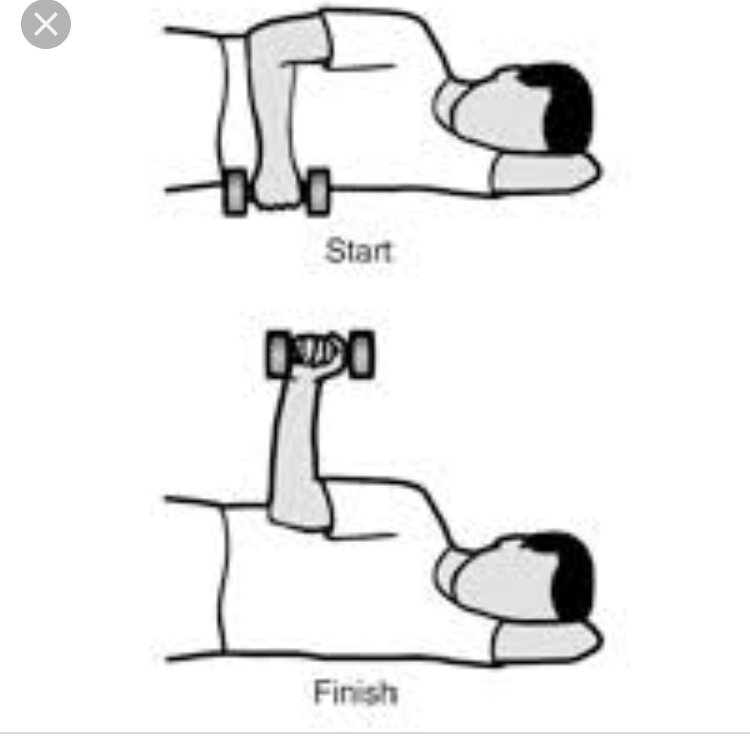Shoulder tendinopathy and eccentric exercises
What evidence say?
Shoulder pain is prevalent, affecting up to 67% of people at some point in their lifetime. Symptoms arising from the subacromial space are thought to be the most common cause of shoulder pain .
Exercise can be considered the standard of care and an accepted first line intervention for individuals experiencing Subacromial pain syndrome (SAPS). Variations of exercise interventions for SAPS have demonstrated effectiveness including supervised exercise, unsupervised home program exercise, and multi-modal interventions provided by a physical therapist , but the study shows no significant, long term difference has been demonstrated between these various management approaches.
It is known that subjects with shoulder impingement present increased retraction and elevation of the clavicle, increased internal rotation and decreased upward rotation and posterior tilting of the scapula, and increased anterior and superior translations of the humerus during elevation of the arm as compared to healthy subjects.
The literature also brings that these alterations are commonly associated with increased activity of the upper trapezius, decreased activity of the lower trapezius, serratus anterior and rotator cuff muscles. Based on the alterations above, many protocols are proposed in an attempt to restore kinematics and muscle activity in these individuals. Most of the protocols include stretching exercises for the anterior and posterior shoulder, strengthening exercises for the lower trapezius, serratus anterior and rotator cuff muscles, relaxation for the upper trapezius and techniques of manual therapy.
Moreover, when comparing exercise versus surgery for SAPS and rotator cuff tendinopathy no significant difference exists for pain and function at both short and long term follow up.
While a variety of exercise protocols demonstrating effectiveness exist, a clearly defined best method of resisted exercise has yet to be established.
Many investigations have not targeted the external rotators in isolation but rather the shoulder abductors alone or in combination with the external rotators. Exercises targeting shoulder abduction may improperly emphasize an existing abnormal deltoid to rotator cuff muscle imbalance, thereby further accentuating an underlying cause of SAPS.
Recent study shows that an eccentric program targeting the external rotators was superior to a general exercise program for strength, pain, and function after six months. The findings suggest eccentric training may be efficacious to improve self-report function and strength for those with SAPS.
As such, there is no definite protocol exists for shoulder tendinopathy, it totally depends on therapists’ diagnosis, interpretation, knowledge and wisdom.
shoulder eccentric exercises:
1) Eccentric exercise for m. infraspinatus and m. teres minor

side with the affected side up. Keep the arm by side and elbow at 90 flexed, keep a small roll between the trunk and arm and hold the weight in the hand. Now with help of other hand externally rotate the arm, the leave the support and slowly bring the affected arm into internal rotation. Control the internal rotation. Once you reach full internal rotation, with the help of other hand take the affected hand into external rotation. Repeat the same procedure.
2) Eccentric exercises for shoulder external rotation.

Hold the one end of the thera band in affected hand. Arm by side, elbow 90 flexed. Tie the other end of thera band with a pole or similar firm object exactly at your hand level. Now keep the arm in neutral rotation and start moving away from the pole so that the thera band gets stretched. Once you feel enough stretch on thera band stop moving. Now, slowy bring the arm into internal rotation. Control the movement. When you reach til the full internal rotation, move towards the pole so that the band becomes loose. Now again bring arm in neutral rotation and start moving away from the pole. Repeate the same procedure.
same you can do for flexion as well as extension .
Reference:
1) SHOULDER EXTERNAL ROTATOR ECCENTRIC TRAINING VERSUS GENERAL SHOULDER EXERCISE FOR SUBACROMIAL PAIN SYNDROME: A RANDOMIZED CONTROLLED TRIAL Eric J. Chaconas, PT, PhD1, Morey J. Kolber, PT, PhD2 William J. Hanney, PT, DPT, PhD1 Matthew L. Daugherty, PT, DPT1 Stanley H. Wilson, PT, EdD4 Charles Sheets, PT
2) Eccentric training as a new approach for rotator cuff tendinopathy: Review and perspectives Paula R Camargo, Francisco Alburquerque-Sendín, and Tania F Salvini
image : fitness health.com



